![]()
![]()
![]()
![]()
![]()


In 1950 it is dedicated to him, together with Maestro Anastasio Flores, the page "Gallery of Honor" in the magazine "El Músico" (The Musician).
In 1952 he forms a strings quintet to perform special arrangements for the radio station XEW.
In 1953 he is invited by the "Grant Advertising" to substitute violinist Alejandro de la Torre, who had died, as Conductor of the Orchestra that he conducted.
In 1954 he is invited to be in charge of the Police Typical Orchestra. That same year he receives from the then Chief of Police, the gold plates inherent in his degree, for the job performed in front of the Orchestra as their Conductor and Composer.
In 1955 and 1956 he takes part in the Executive Committee of the Sindicato Unico de Trabajadores de la Música (Music Workers Union) and is elected President of the Asociación Nacional de Ejecutantes (Performers National Association). He received from the company RadioCentro the nomination as Artistic Conductor of the orchestras of the night clubs owned by that company.
In 1960 he enters the Music National Conservatory as Solfeggio Professor.
In 1961 he is appointed Artistic Director of the Editing Company "Compás". In the same year, he is invited by the General Management of Social Action to conduct the Typical Orchestra "Juan Torreblanca", upon the death of its Conductor and Founder.
In 1962 he is designated Arranger for the Typical Orchestra of Mexico City, by the General Management of Social Action. That year he transforms the Typical Orchestra "Juan Torreblanca" into a Strings Orchestra, gives it his own name and makes 52 popular auditions with educational projection.
In 1963 and 1964 he gives an orchestration course at the Music National Conservatory. He is commissioned by the General Management of Social Action to be in charge of the Chorus of the Typical Orchestra of Mexico City. He enters the Music Superior School as Solfeggio Professor. Invited by Capitol Records, he forms a Typical Orchestra and records 12 characteristic Mexican numbers, with his own arrangements and from Maestro Rafael de Paz, and it is produced the record with the name "La Orquesta Típica de Chapultepec" (Chapultepec’s Typical Orchestra), from Daniel Zarabozo. He is invited by the National Union of Music Workers in the Mexican Republic to represent them as Representative Chairman to the Music National Congress, held in September, 1964 at the Music National Conservatory, with his paper on "The musical education through the Sunday auditions". Likewise, he gives 104 popular auditions, with educational projection. He acts with his strings orchestra in 52 Sunday auditions.
Between the years 1965 and 1969 he performs with his orchestra in Sunday auditions, continues as Solfeggio Professor at the Music National Conservatory, elaborates a structure and organization project for the choral group of the Typical Orchestra of Mexico City, soprano Ofelia Rosetti sings his compositions "Canción Intima"(Intimate Song) and "Serenata" (Serenade). In September, 1967 he composes, orchestrates and conducts the work "Jerusalem", musical poem about popular Israeli motives, carrying out two performances with Symphonic Orchestra, Solo and Chorus. The Soprano Gloria Garfias sings his work at the Escuela Superior Nocturna (Night Superior School). In this same year, he makes known his work "Canción de Navidad" (Christmas Song) and performs with his orchestra in the granting of the prize for "The Peace", awarded to Jacobo Zabludovsky and given by the Israeli Ambassador. In 1969 he is designated "Musical Expert" in the lawsuit promoted by Raúl Hernández de la Rosa against Armando Manzanero, about the song "Adoro" (I Adore).
In the 70’s, he is appointed "Representative of the Solfeggio Academy" at the Music National Conservatory and designated "Member of the Consultation Technical Board" of the Institution. He receives the commission from the Technical Board of the Bellas Artes National Institute to re-structure the Solfeggio Program for the Music National Conservatory. He receives praiseworthy note from the Escuela Secundaria N° 95 (Middle School N° 95), for the invention of didactic material for the education of music.
In 1947 he is invited by Composer Rodolfo Halffter to collaborate with him in the musical conduction, orchestration and composition of three films. In the same year he orchestrates a film for Composer Elías Breeskin and composes the music of another film for producer José Elvira.

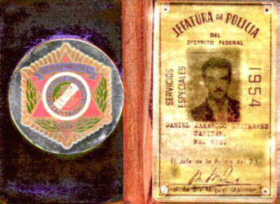 |
In the 50’s, he acts with his orchestra at innumerable auditions for the XEX-XHTV.
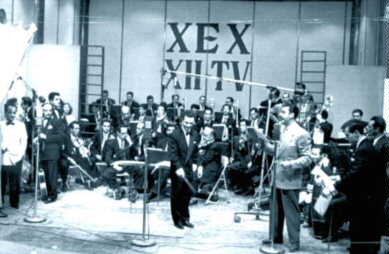 |
In the 60’s, the famous singer Alfonso González includes his song "Realidad" (Reality) in his record album, which was produced with his orchestra.
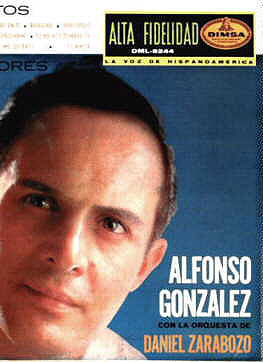 |
The company Capital Records promotes Mexican music with his orchestra and his arrangements, together with Maestro Rafael de Paz.
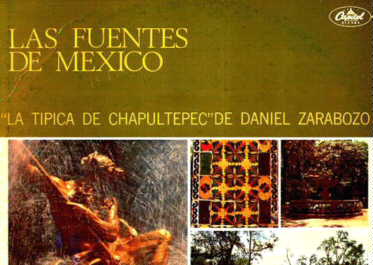 |
During several years he actively participates in the program "El Club del Hogar" (The House’s Club), conducted by Daniel Pérez Arcaraz and "Madaleno".
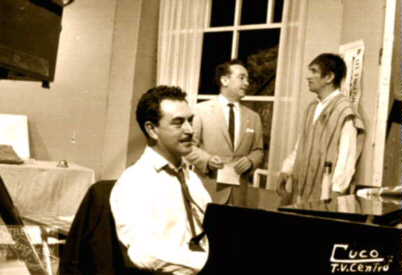 |
In the 60’s
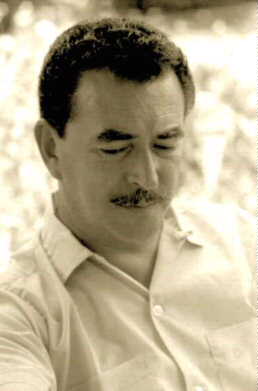 |
In the 70’s he continues giving popular auditions as pianist and orchestra conductor.
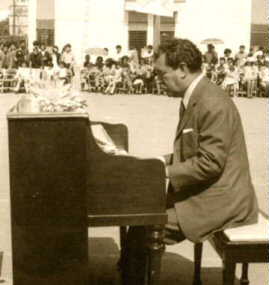 |
In the 70’s he is hired as model for a famous pharmaceutical lab.
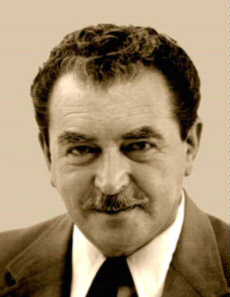 |





